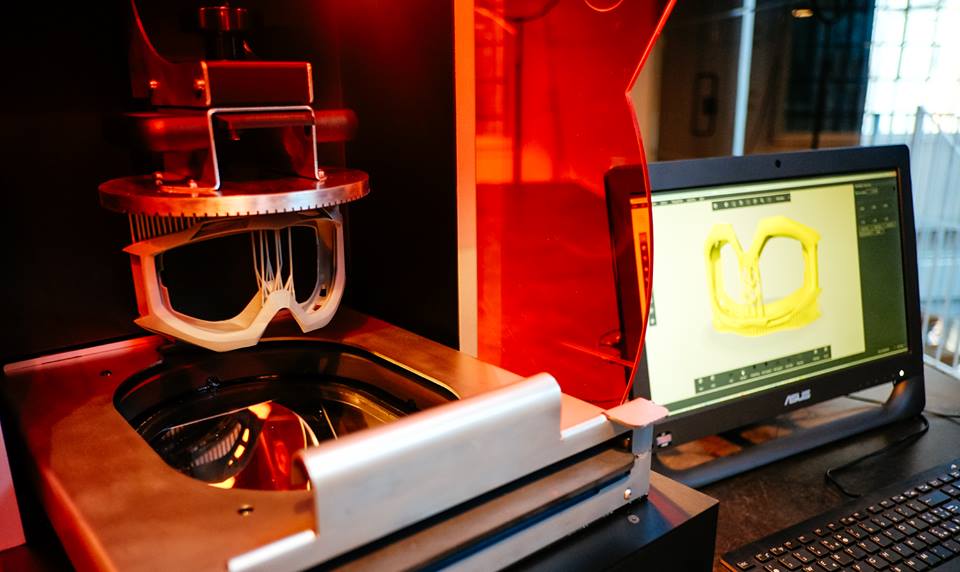When working with extremely high resolution SLA technologies such as the ones that Digital Wax Systems develops primarily for the dental and jewelry industries, precise and minimal supports become an even more crucial issue. To address this, the company has launched the new NAUTA+ parametric editor, which has been developed to perfectly integrate into a creative solution that already included in-house developed and built machines as well as a range of over 30 in-house developed and produced resin materials.
The new software is capable of advanced automating support creation through a series of parametric tools which can be easily modified by the user for optimal results. Along with the Automatic Supports tool, these include an Objet Information tool to visualize size, volume, occupied surface, estimated weight (by material) and layer height. Also a Transformation tool is present to rotate, uniformly scale or snap and object to the grid.
A number of other parametric instruments give an even larger degree of freedom in terms of object modification and can be applied to 3D models imported in many different file formats. For example and Explode function can let the user divide an object in more parts, before positioning it anywhere on the platform and facing any direction. The automatic base function also lets users create a perfect base for each support by minimizing the use of material, as this video will show more clearly.
The bottom line is that, as I witnessed personally at Euromold, the NAUTA+ developed supports are impossibly thin at the point where they connect to the object and this means that they can be removed with extreme ease, leaving only a minimal sign on the surface. Once the editing phase is complete, the software sends the model directly to the FICTOR controller, which runs on all DWS 3D printers.
For DWS this means the company can have full control of the entire creative process thus offering a complete 3D printing solution to its customers, which covers all aspects of the manufacturing cycle. “This is about taking full responsibility for every part of the process that leads to products manufactured using our technologies,” Costabeber explained. “We supply the software to optimize the 3D model, the materials that it is made of and the machine that builds it. In this way we can guarantee our customers the highest possible results in terms of quality control”. The results seem to confirm the validity of this approach.





